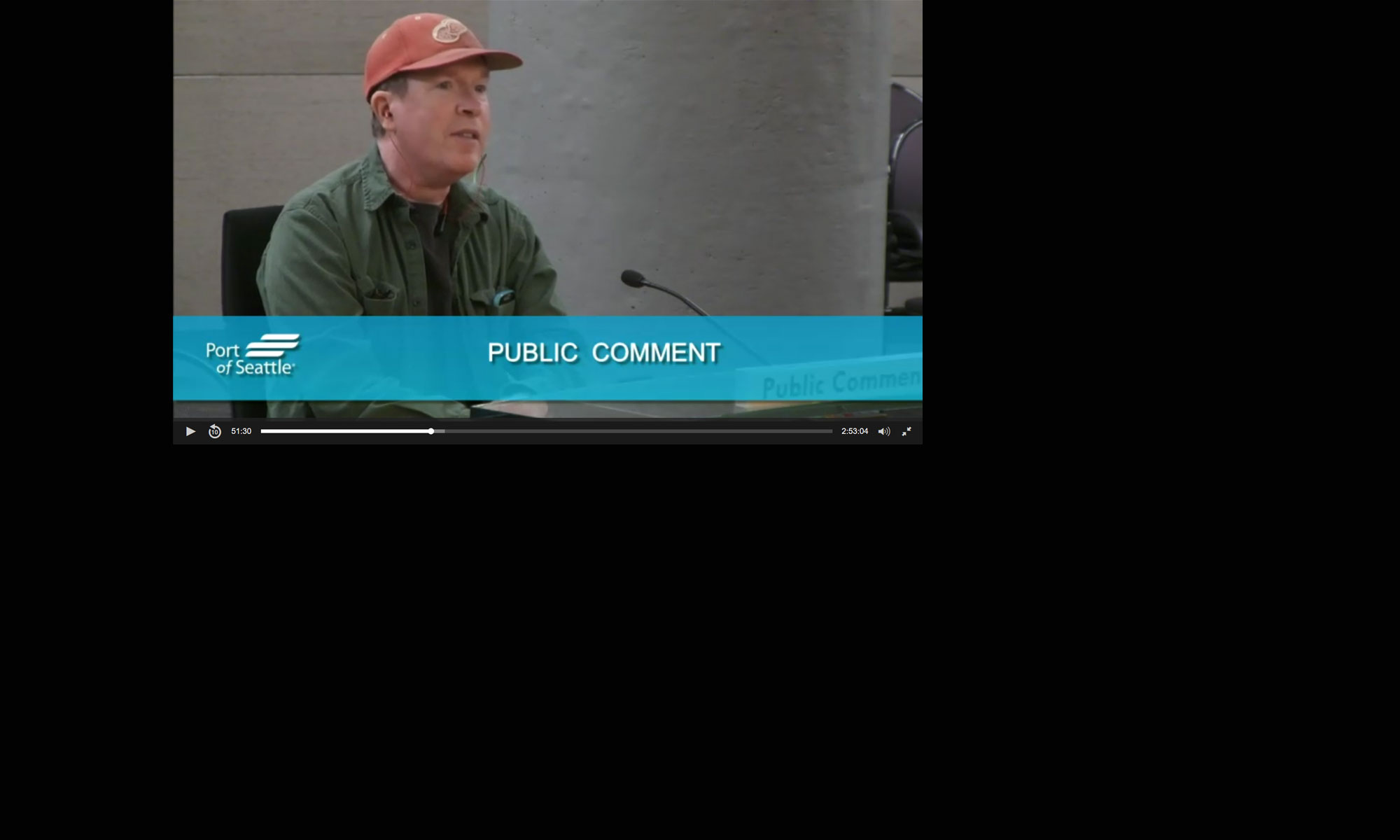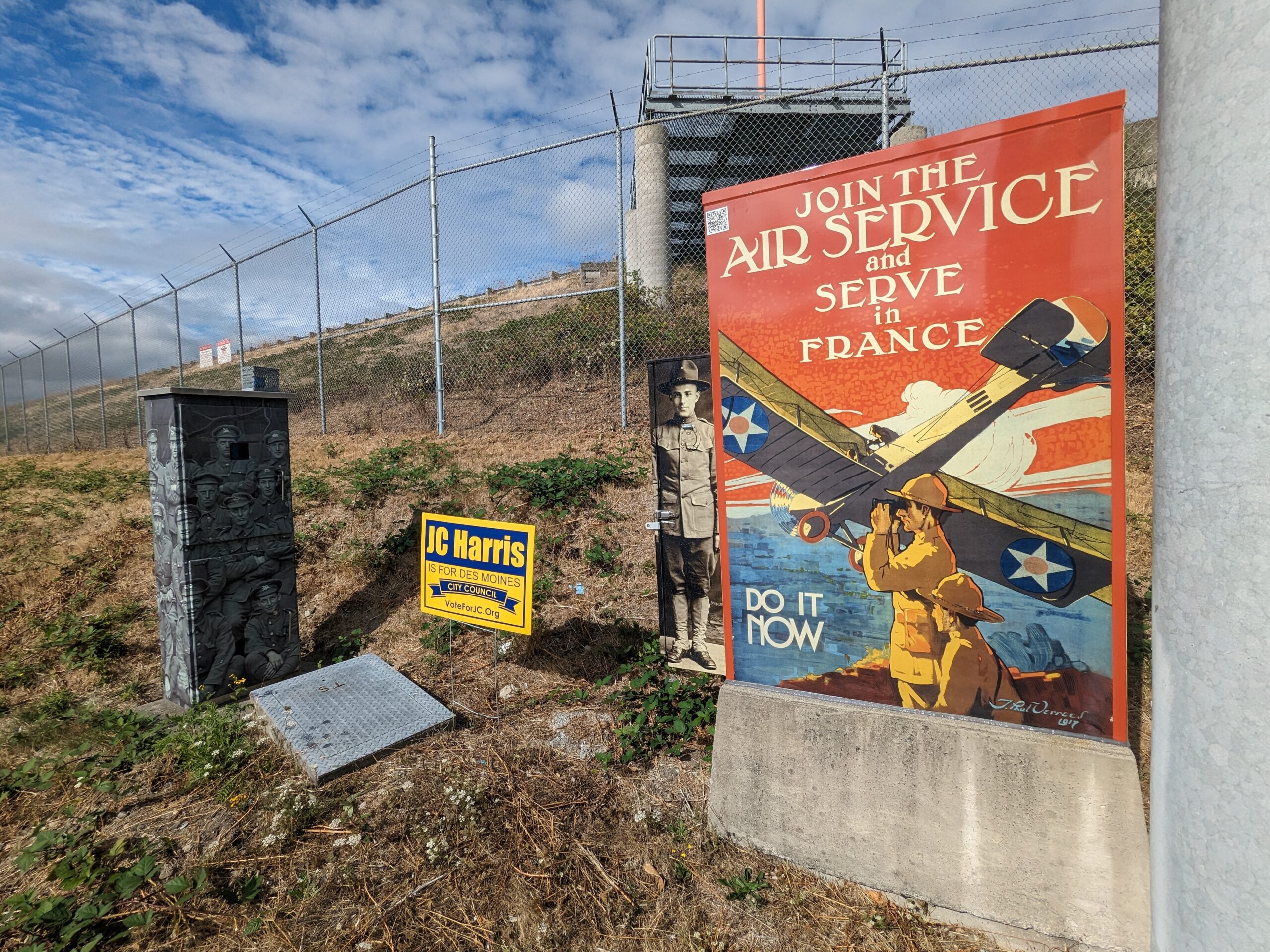Editor’s note: This is the first editorial in an occasional series that will look at how Washington’s education funding system can be improved to ensure all public school students get a quality education.
The truth hurts, but it’s time to say it. Despite a grueling legislative battle to fairly fund public education, the so-called McCleary fix of 2017 is not working.
To be clear, billions more dollars are flowing to school districts. That was the primary goal of the order from the state Supreme Court in 2012, affirming that Washington had long shirked its constitutional mandate to pay for basic education. But now, after years of dodging the problem and then finally creating the new school funding plan in 2017, data shows that the Legislature’s emphasis on equality — increased funding for all school districts — is having dire effects on equity.
To explain those terms: Not all kids start school at the same level in cognitive development or academic skills, and not all kids cost the same to educate. Low-income students and those learning English as a first language need more. That’s equity. Test scores show this plainly. Last spring, only 24% of low-income students statewide were able to do grade-level math, compared to 55% of middle-class kids.
It’s not that affluent children are brighter; it’s that most of them enter kindergarten with the building blocks of learning already in place because they’ve attended quality preschools, among other advantages. Without intensive intervention, students growing up in poverty start behind and rarely catch up.
But Washington channels education dollars to all districts equally, based on enrollments, rather than driving significantly more funding toward kids with greater needs.
Other states approach the question differently. Targeting poverty, Utah, Delaware, and Minnesota pushed at least 30% more money, per-pupil, to low-income districts in 2021, according to research published by the equity-focused Education Law Center. Washington, in that analysis, gave high-poverty districts 11% less per student, on average.
One reason for this discrepancy is a funding formula that allocates extra money to districts to pay the salaries of veteran educators, who tend to work in more affluent schools. Another formula accounts for the higher cost of living in Western Washington, also by channeling more money to these wealthier areas.
The upshot is that children face wildly different realities. In the relatively affluent Lake Washington schools, for example, 79% of students are at grade level in language arts. But 30 miles south in Federal Way — where 74% of the kids are low-income — only 35% are reading and writing at grade level. Results in math are worse.
Similar deficits show up in Yakima, Highline and many other places where a majority of families are poor. Elected leaders can no longer ignore these facts.
While state schools Superintendent Chris Reykdal claims Washington “champions excellence,” during an hourlong address last week on the status of education, he made no mention of the severe discrepancies plaguing low-income kids and students of color.
To be fair, Washington has created a fund, currently at about $470 million, to help high-poverty districts cover extra instruction. Special education money also skews toward them, which is why their per-pupil expenditures sometimes are higher. But outcomes for low-income students suggest these mitigations are not nearly enough.
This year’s legislative session lasts only two months. No one expects a fix to this wildly complicated problem in that time. But it’s worth starting the conversation.
So how much would it take to bring all kids in Washington up to the levels of excellence Reykdal trumpets?
Bruce Baker, of the Education Law Center, and David Knight, an expert in the economics of school funding at the University of Washington, are among the country’s preeminent thinkers on education and equity. By their math — calculating what the top-performing states spend on struggling students and comparing that to Washington — schools in the Highline district, where 51% percent of kids are low-income, would need $2,000 more, per pupil. Tukwila, where 82% of children face financial hardship, needs another $5,000 per child.
There are ways to right the scales. Many are detailed in a report recently published by Knight, who suggests a massive boost to Washington’s Learning Assistance Program because it is among the few levers where dollars are tied directly to poverty rates.
The Times editorial board is not specifically endorsing his figures, only the larger point: Equality is not equity. If we believe in the founding premise of this state, providing an education that meets the needs of every child is job No. 1.




